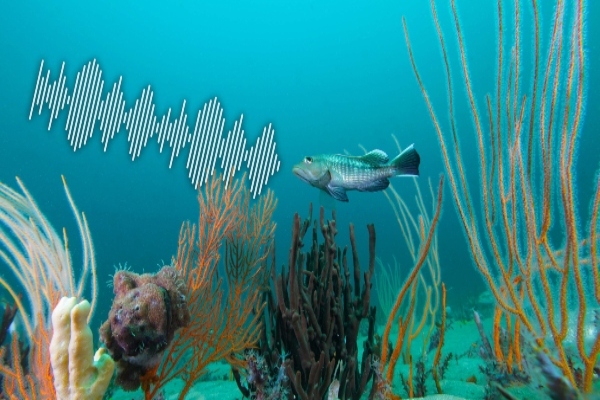We have been busy across the National Marine Sanctuary System! Join us behind the scenes for a look at research taking place above and below the water. Learn fun facts about scientific instruments and techniques, get updates on long-term monitoring projects, and meet some of our staff, partners, and volunteers who make it all happen! Be sure to check back each week for the latest field notes.













































